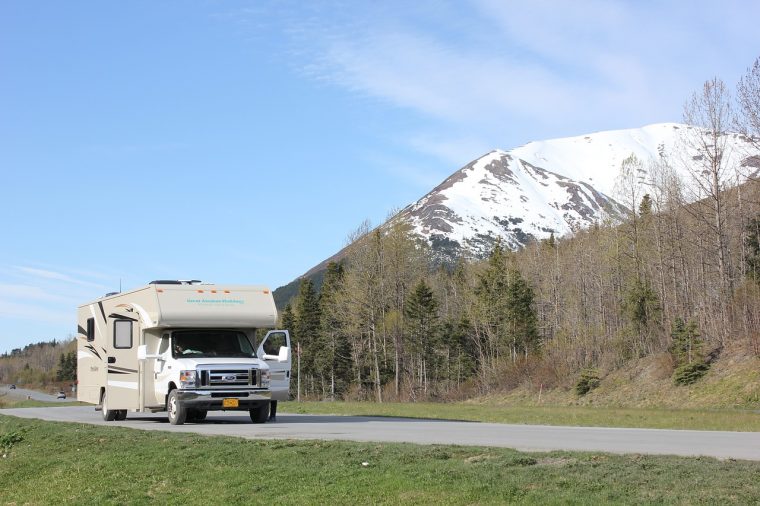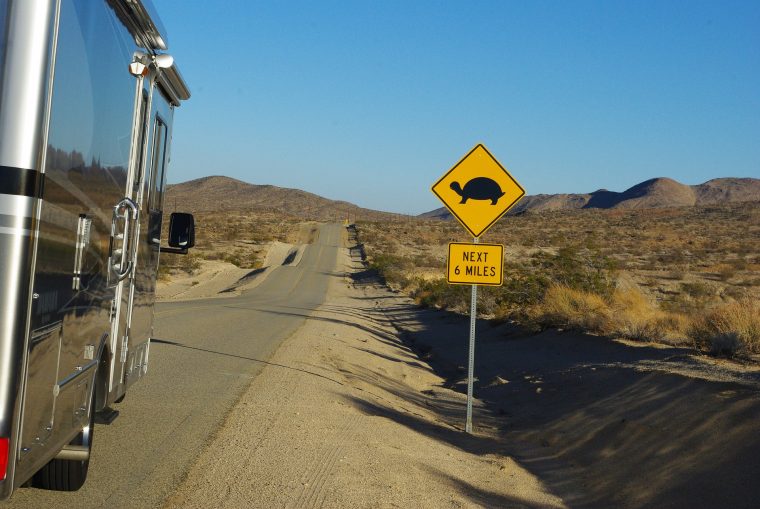One of the biggest things to consider when looking at RVs is whether you can afford the insurance. Here are a few of the most important factors we’ve learned about RV insurance on our journey.
1. Remember Your Driving History
Your habits as the driver of a car will spill over into the way you manage the road in a larger vehicle. Your insurance company is going to look over your driving records to get an idea of how much they need to charge to feel comfortable insuring you. If your record is filled with speeding tickets or other minor traffic violations, it could hurt your chances of getting a low premium. Consider visiting traffic school to remove some of those violations from your record before you buy your RV.
2. Look at Your Level of Experience
Have you ever driven a large vehicle before? If the answer is no, then you’re probably already aware that you have some learning ahead of you. Adjusting to the size of a massive vehicle takes time, and it makes sense that an insurance company would be more hesitant to trust a newbie behind the wheel. It might be a good idea to rent an RV a few times to gain some experience behind the wheel before you make a purchase.
3. Consider the RV You’ll Be Buying
The age and style of your RV will make a difference in what you pay in insurance. The general rule is if you drive the vehicle, you need insurance, and if you tow it, you don’t. However, this doesn’t necessarily mean you shouldn’t have a policy. An RV is a huge investment, and it’s wise to protect yourself.
4. Ponder Your Intentions
What are your intentions for your RV life? Are you looking to take off on weekend adventures, or do you want to make this vehicle your new full-time home on the road? If it’s the latter, you can expect to pay a higher premium. The more time you spend in your RV, the more likely you are to have an accident.
5. Plan Where You’ll Go
You might not be planning on living in your RV full-time, but if you’re creating an itinerary for a long-term trip, that will also affect your insurance costs.
6. Don’t Forget to Shop Around
When buying RV insurance, most people visit the same provider they use for car insurance. It’s a great place to start, but if you aren’t happy with your RV insurance rates, consider looking elsewhere. This is a big decision, and it’s wise to shop around a bit to see what’s available.
At the end of the day, it’s important not to stress out about RV insurance. It’s one of those necessary hassles that no one likes to deal with, but once you’ve got yourself covered, you can head out and enjoy the open road. What could be better than that?







